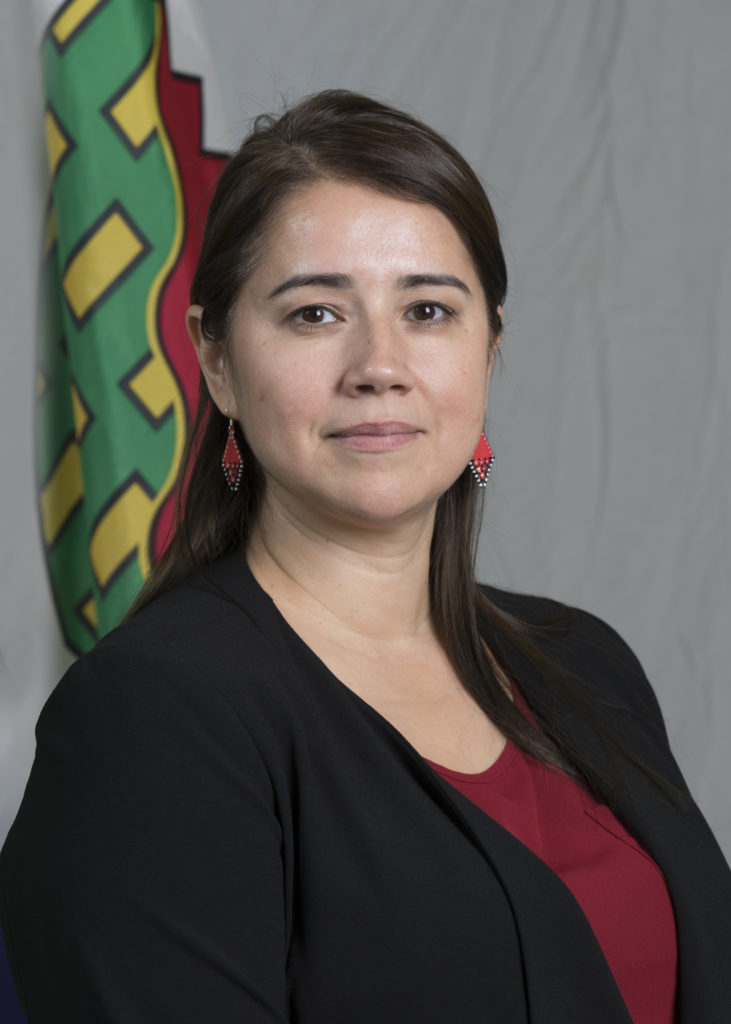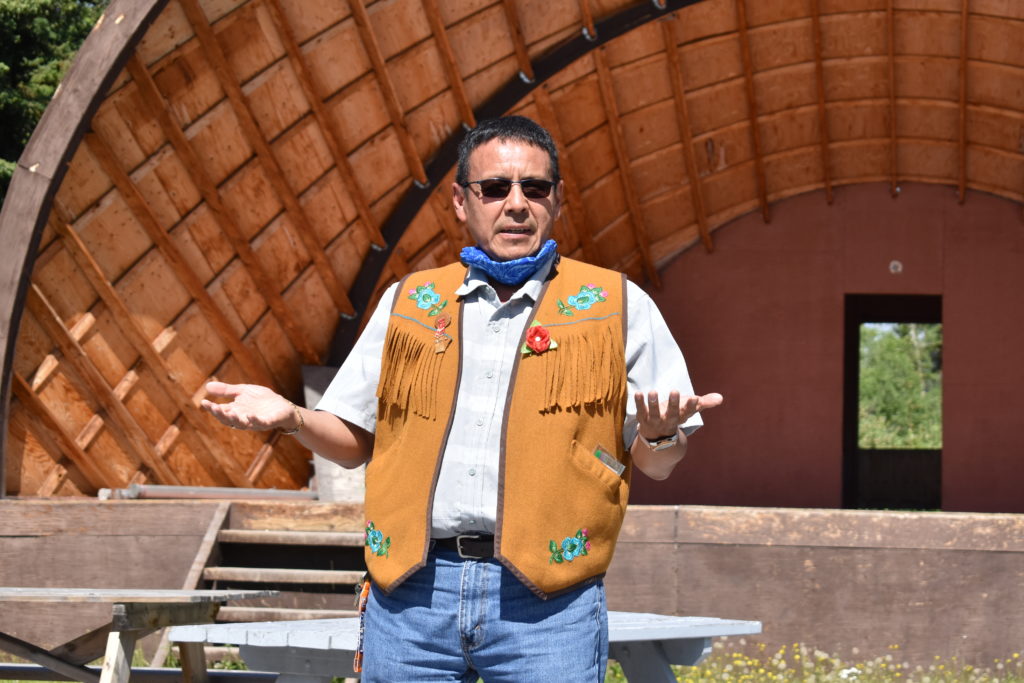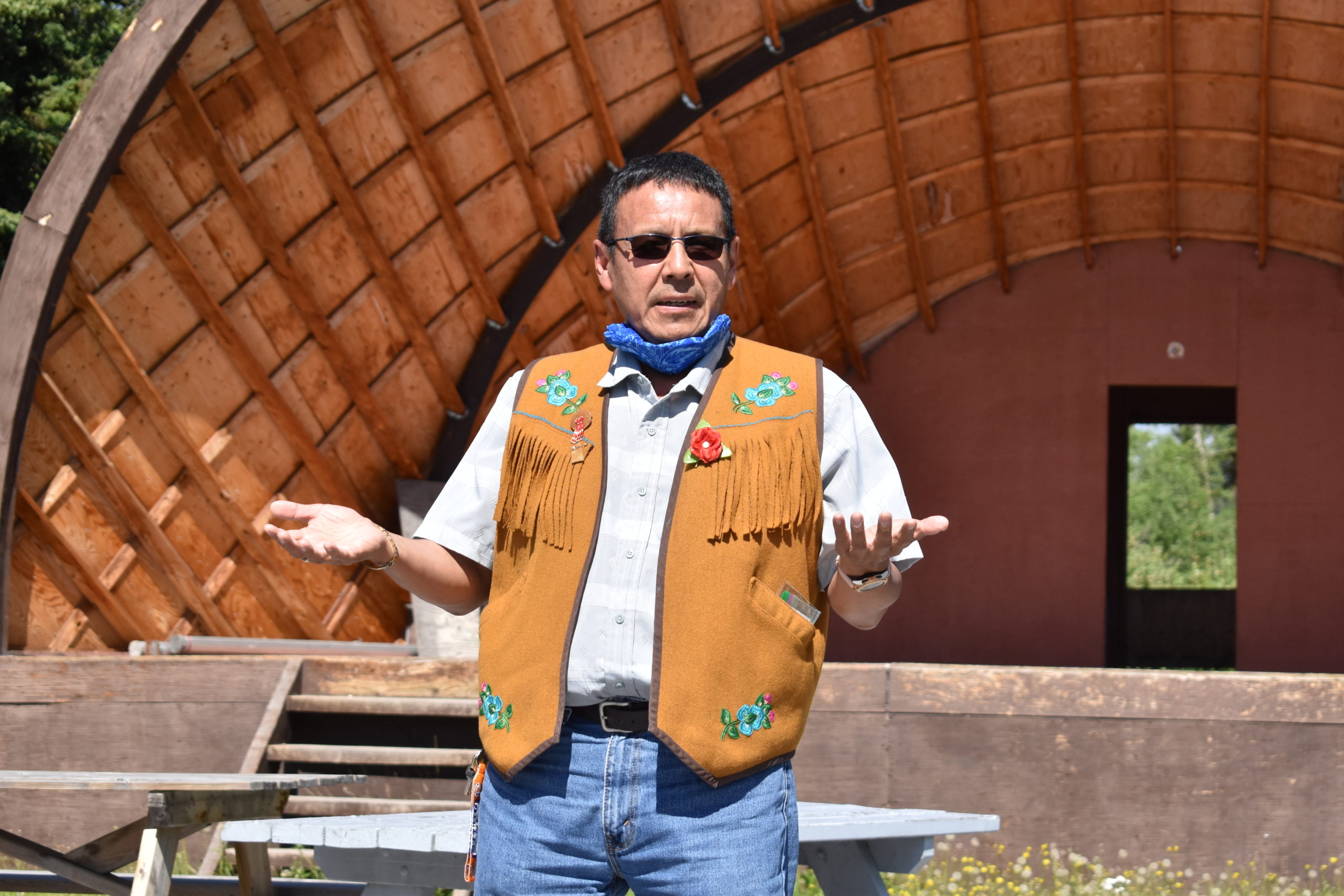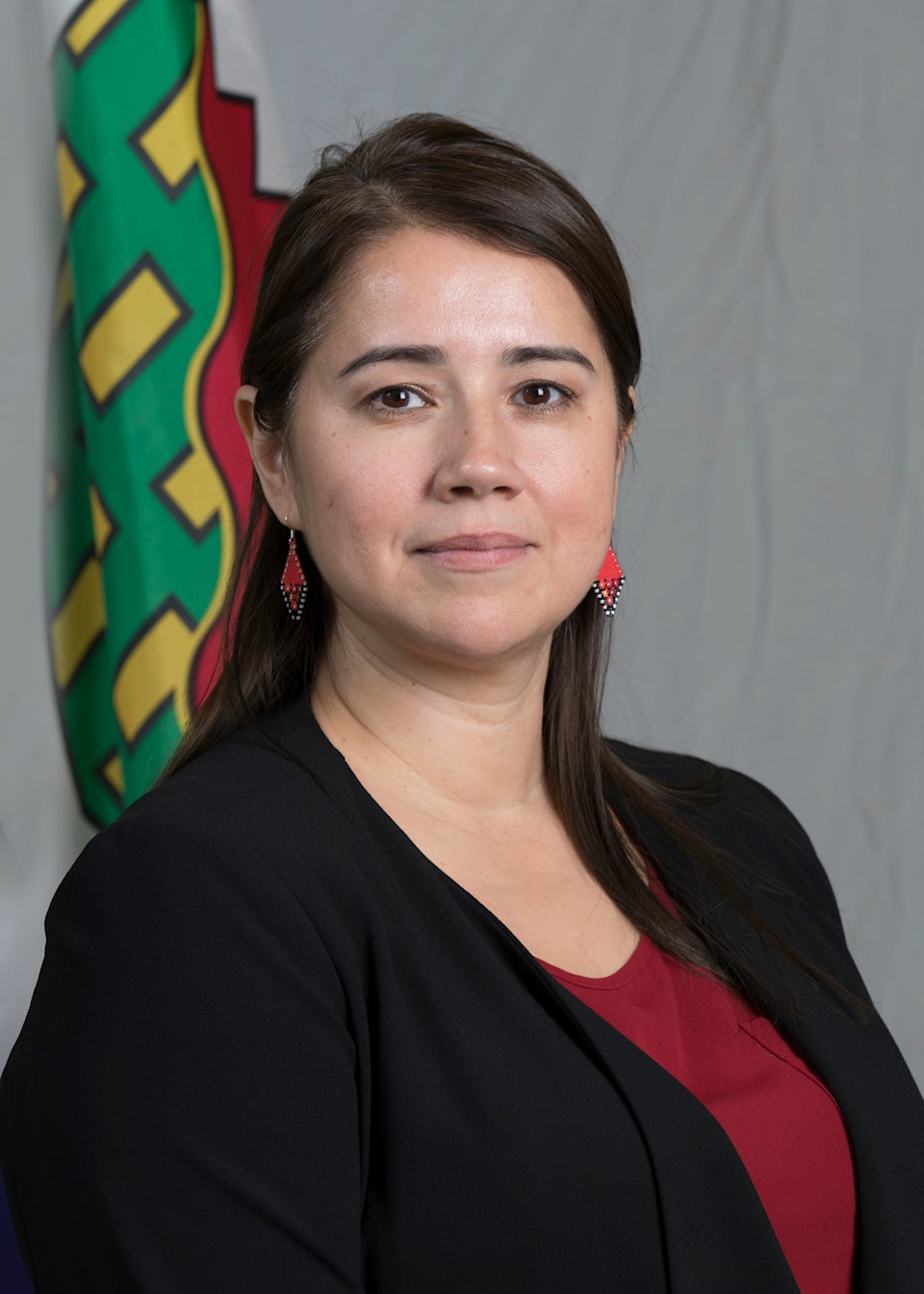Indigenous leaders are responding with suspicion and cautious acceptance towards a new program from the GNWT to remove “unauthorized” cabins from public lands.
The Department of Lands on Feb. 10 announced plans to target for removal unauthorized structures built on public land after April 1, 2014.
The GNWT said there are as many as 700 of the squatter cabins in the NWT, most near Yellowknife.
It has budgeted $6,423,000 for the process, expected to last more than eight years.
The department said “potential rights-based cabins,” or untenured cabins associated with Indigenous occupants who are exercising Aboriginal or treaty rights won’t be subject to the legal process for the time being.
The GNWT will consult with Indigenous governments and organizations (IGOs) to confirm those rights-based cabins.
A Lands Department spokesperson said that Indigenous people who occupy cabins under Aboriginal or treaty rights will be asked to complete a voluntary declaration form and identify the IGO of which they're a member.
The department would confirm those details with the IGO.
“Outcomes for potential rights-based cabins are not known at this time,” the spokesperson said.
Creeping, unnecessary rules
But Inuvik Twin Lakes MLA Lesa Semmler is skeptical of some details of the plan.
In the Beaufort Delta region many cabins are rights-based and inside the Inuvialuit and Gwich'in settlement areas, she explained. Those lands were previously known as Crown land.
She is concerned about the possible end results of consultations with IGOs over the rights-based cabins.
“(They'll) start making definitions on what rights-based cabins are. If you look at the recreational leases, you can only have a cabin so big or the deck can only be so big or it can only be so many stories. You could be talking about people who've had cabins for years or generations.
“If they don't fit in a definition that is just created to define what a rights-based cabin is, will these cabins that have been in families for generations be considered illegal? It's almost like slowing putting rules on things that people don't need.”

Semmler also questions the purpose of verifying the structures when Indigenous people already have a right to possess and occupy cabins.
She pointed to a section of the Inuvialuit Final Agreement, the document that sets out the details and policies of the Inuvialuit Settlement Region.
Section 12(37) states that the Inuvialuit right to harvest game includes the right to travel and establish camps to exercise that right.
“They have a right to harvest and establish cabins (so) why are we having this discussion?” Semmler asked. “(For) most people in the Inuvialuit region, those are their permanent homes. These are generational sites where people have continued to go out and harvest.
“Why can't the IGOs just get back to Lands on how the IGOs will manage cabins in their regions? I just feel like it gives an opportunity for an unnecessary discussion. It's almost like tricking them into making a definition so they can then enforce it.”
The Inuvialuit Regional Corporation (IRC), for its part has published a note asking its membership to contact them if a “squatter’s cabin” notice is left near an Inuvialuit camp.
The short Feb. 18 notice includes a sample copy of a letter the GNWT may issue to cabins found on Crown Land without the proper paperwork.
Indigenous people shouldn't have to declare
The GNWT and the IRC sometimes still "butt heads" over the Inuvialuit Final Agreement, said Duane Smith, CEO and chair of the IRC.
He's uncomfortable with the term "rights-based" cabins and thinks it's unfortunate Indigenous people have to step up and declare that their rights should be accepted.
"I'd rather the government say Indigenous people have the right to construct these buildings when and where appropriate as per their culture," he said.
But he has noticed that the approach of the Department of Lands is improving compared to previous years.
"(Cabins) were originally a confrontational issue with Lands," he said. "But after a few years of butting heads we've come to an understanding of where we can work together. They've provided us with a few thousand dollars to offset the costs of gathering information on where cabins exist on our lands."
For each community in the Inuvialuit Settlement Region, the IRC has been researching the locations and numbers of cabins. It is also looking at ownership: some belong to Inuvialuit beneficiaries, others to non-beneficiaries. The IRC is counting how many of each there are and taking note of ones that don't have an owner on record.
Smith emphasizes that the process of identifying cabins on the land isn't new but he has noticed an attitude change in the GNWT.
"They went about it all wrong in the beginning," he said. "But I think they're slowly beginning to understand that Indigenous people have certain rights that are protected under the UN Declaration on the Rights of Indigenous People as well as Canada's constitution.
'Interesting' to learn identity of occupants
Ernest Betsina, N'Dilo chief of the Yellowknives Dene First Nation (YKDFN) cautiously looks forward to seeing what the confirmation process brings forward.
While the identity of Indigenous occupants of cabins need to be examined, he hopes the cabins held by non-Indigenous occupants should be looked at first.

Once the time comes to look at cabins occupied by Indigenous people, Betsina is curious to see who they actually are.
“It's going to be an interesting process, let's put it that way,” he said.
Betsina believes a “good percentage” of YKDFN members have cabins in traditional Yellowknives Dene territory but not all of them went to chief and council for permission to build and have their structures recognized.
“We want to know who's out there. Which ones of our members are out there. To have a database for our members. Some haven't gone through that process yet. Maybe they don't know,” he said.
“It'll be interesting to find out and compare our database the GNWT's list and match up those numbers.”
Indigenous and Aboriginal but not YKDFN
The chief is also concerned about Indigenous occupants who aren't members of his First Nation.
“They do have Aboriginal rights but they have to recognize this is our traditional territory," he explained. "Keep in mind, wherever they're from, they might not be YKDFN members. Some of them might say 'this is a nice place to build a cabin' and they just build one without talking to YKDFN or even to the GNWT. I bet you a vast majority didn't go through that process. They just build one and then ask for forgiveness. It's not right, what they're doing.”
Whatever comes of the Lands Department's new process, Betsina hopes something is done about encroachment on YKDFN lands, regardless of the identity of the cabin occupants.
It's an old issue for YKDFN, and the First Nation continues to raise concerns with the GNWT over the issuing of recreational leases on the land.
“There is land out there with berries and medicines that is for our people to harvest. There could be some burial grounds too. And guess what? Others might have built cabins out there.
"It's taking away from our food and medicine and fishing areas. It just can't continue.”

